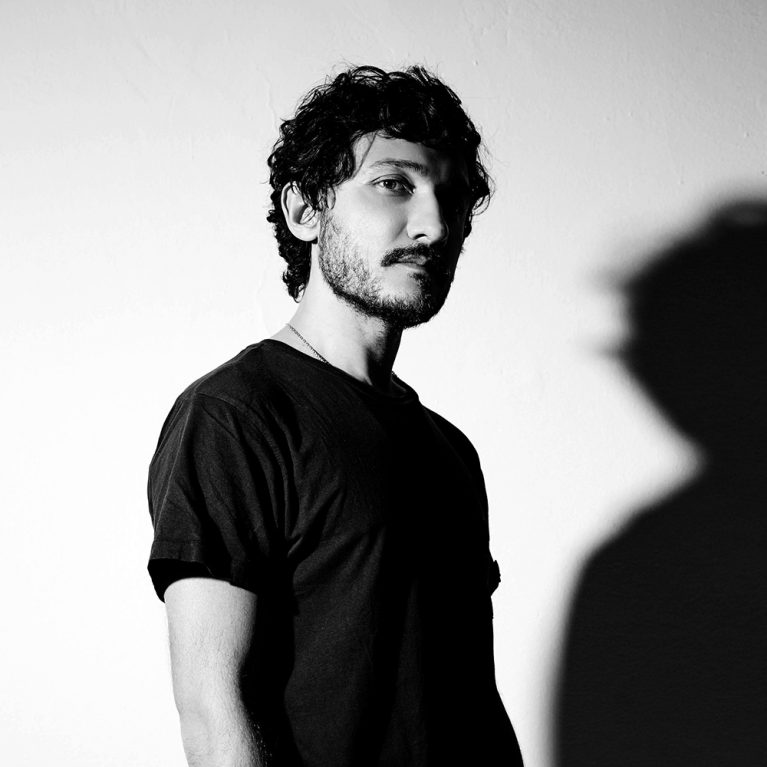interviews
Marco De Vincenzo’s Milan
I discovered the city gradually. I moved to Rome from Sicily nearly 20 years ago, and like many southerners...

What are the origins of your relationship with Milan?
I discovered the city gradually. I moved to Rome from Sicily nearly 20 years ago, and like many southerners, until not long ago I saw Milan as the grey city of the North. But now I’ve fallen in love with this town. When deciding where to base my business, I chose Milan because it’s the most stimulating, and also the closest
to an industrial world that goes hand in glove with fashion. My relationship with Milan springs from the realisation that, unlike Rome, it’s a city that can almost be travelled on foot. You don’t have to sit in a taxi for an hour, as often happens in Rome. Milan gives me a different sense of distance compared to bigger cities. By wandering around Milan I started to realise how beautiful it is, especially in its innermost and secretive parts. I think it’s fantastic that when you’re moving around the city, your destination is never too far away.
What is your favourite historical building in the city?
The Milano Centrale station [The Mineral City] has always fascinated me. Every time I turn onto the avenue with my bags, in a taxi, either coming back or leaving from there, I realise I’m constantly attracted by its awesome grandeur. Meanwhile, my office is at number 13 in Corso Italia. I mention it because when I was looking for my premises, I only realised it was the Vela by Luigi Moretti [Monumental Milan] when I went up to the top floor. It feels like you’re on a ship up there, and the view also confirmed my passion for the nearby Torre Velasca.
What do you normally do when you are in Milan?
Usually I’m accompanied by my rituals. A route I love to take starts from the centre and heads towards the Navigli canals, passing along Via Torino. I often indulge in this moment, even while on the phone but immersed in my ritual. You see the city changing as you go, and when you reach the Navigli on a sunny morning, it feels like you’ve completely swapped city, but you’re just ten minutes from the centre. It’s my favourite route and I always try to take it.
Is there a shop in Milan where you buy special items?
I adore modern collectibles and vintage items, so I often go to the Navigli street market [Stroll for Flaneurs] There are slightly hidden places where I go to buy stuff, ugly places where you wouldn’t expect to find the bargain you end up finding. There’s one near the Central Station. Another place I gladly visit is the Nilufar Gallery of Nina Yashar, where the objects are assembled with amazing taste. And since
I work in fashion, I have to mention 10 Corso Como [The rising City], as it’s one of the few places with a truly international vibe. It’s one of those exceptional fashion temples like Dover Street Market or Open Ceremony in NYC, and in my opinion it’s the finest of them all. The fact that Milan has such a place is indicative. Another of my rituals is to go to the Fondazione Prada [Stroll for Flaneurs]. Miuccia Prada described it as a “microcosm”, and I agree. For me, going inside is like taking a break from the rest, and exiting is like leaving a place that has totally enveloped you.
What is your favourite cafe, bar or restaurant in the city?
A restaurant I really like is Mandarin 2, run by a family from my hometown of Messina who married with a Chinese family from Hong Kong. The result is Chinese cuisine served with Italian passion. Then there’s the Osteria del Binari, with its very pleasant cosy atmosphere, especially in winter with the blazing fireplace. I also often go to the Pasticceria Marchesi, whose seating overlooks Galleria Vittorio Emanuele II.
Which new buildings have transformed the face of Milan?
I’m familiar with the Darsena – the canal dockyard – as it’s often on the way to wherever I’m going in the city [The Polycentric Centre]. All the places there that encourage aggregation have been well designed, and generally I think all spots should generate this dynamic. At first I was perturbed by Porta Nuova and that whole part of the city [The rising City]. But I’ve overcome my doubts about such imposing buildings, and now I think this area is part of Milan’s success. In Italy, Milan was the first to make similar choices to ones made abroad – choices that may seem unpopular, but actually they aren’t.
What would you transfer to Milan from another place?
In Milan there isn’t much life on the streets, particularly after a certain hour in the evening. This is partly due to cultural factors as well as the weather. At a certain time, everything closes in an apparent silence, but then inside venues stuff is happening. Perhaps Milan could inherit a bit of Rome’s outdoor attitude, which would help to liven up the city even more.


